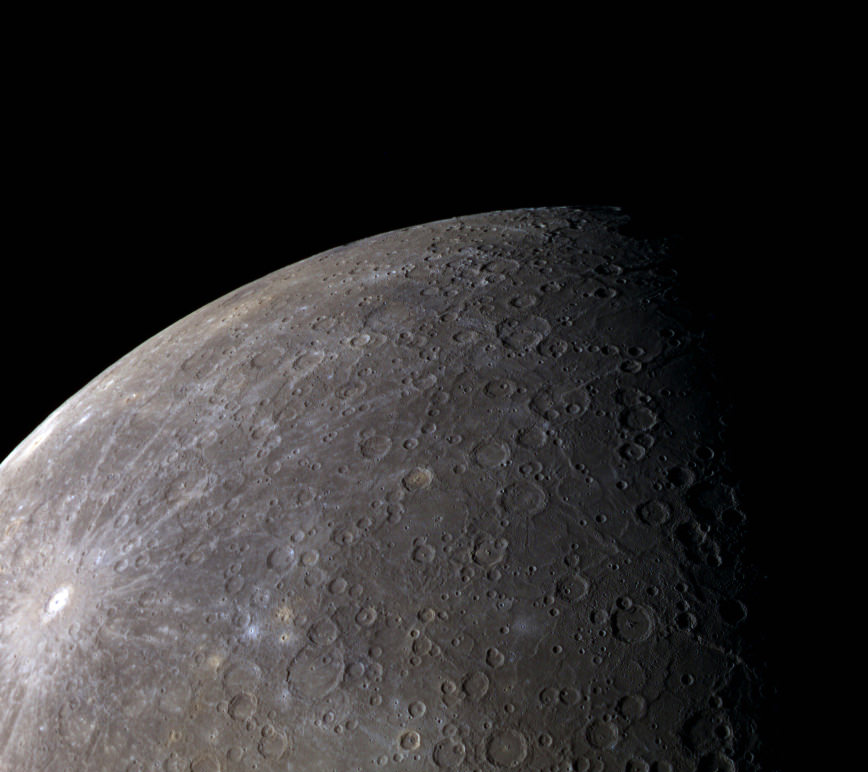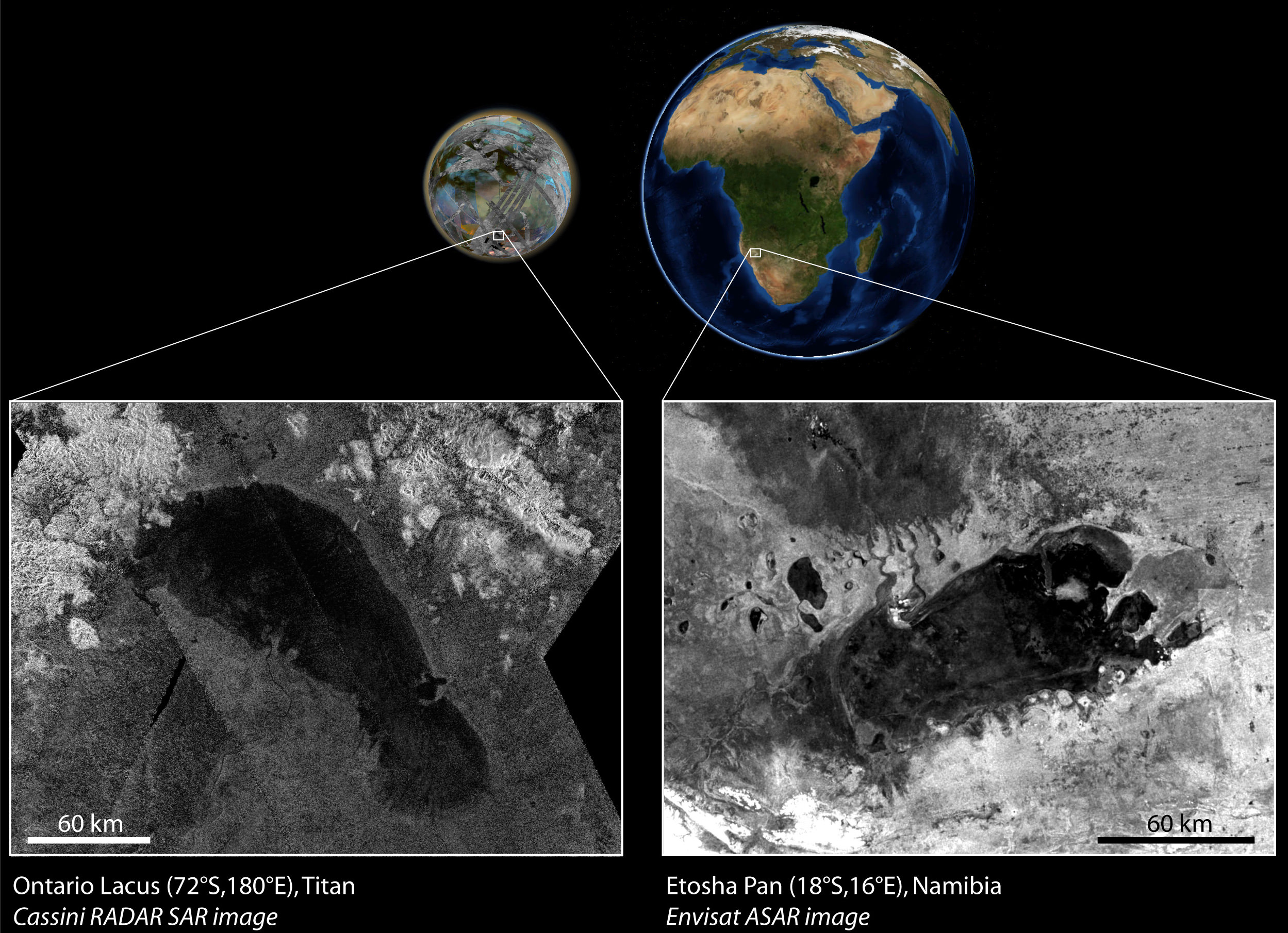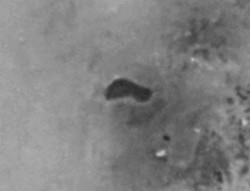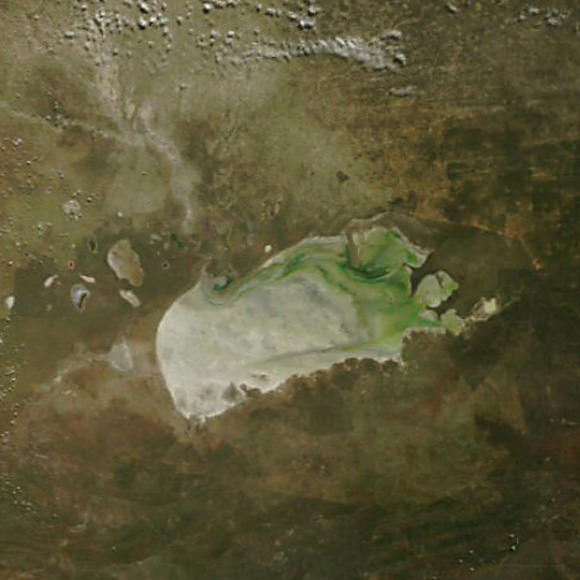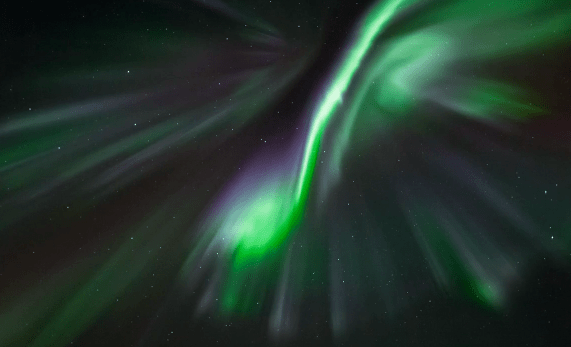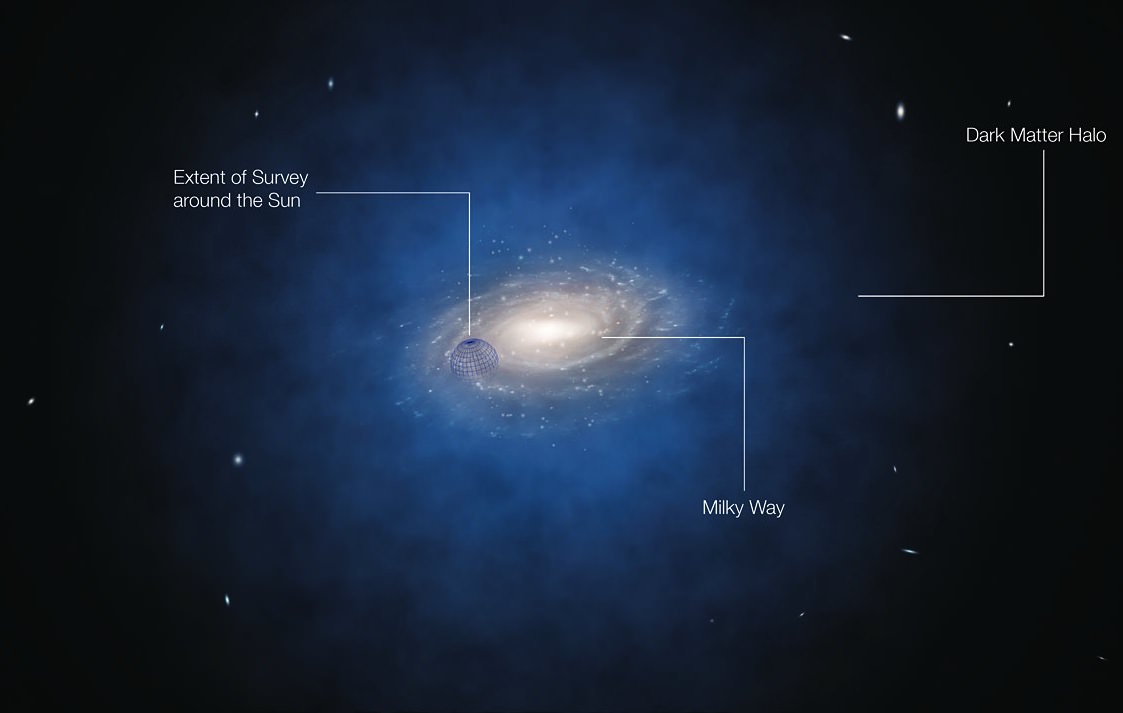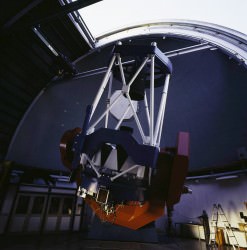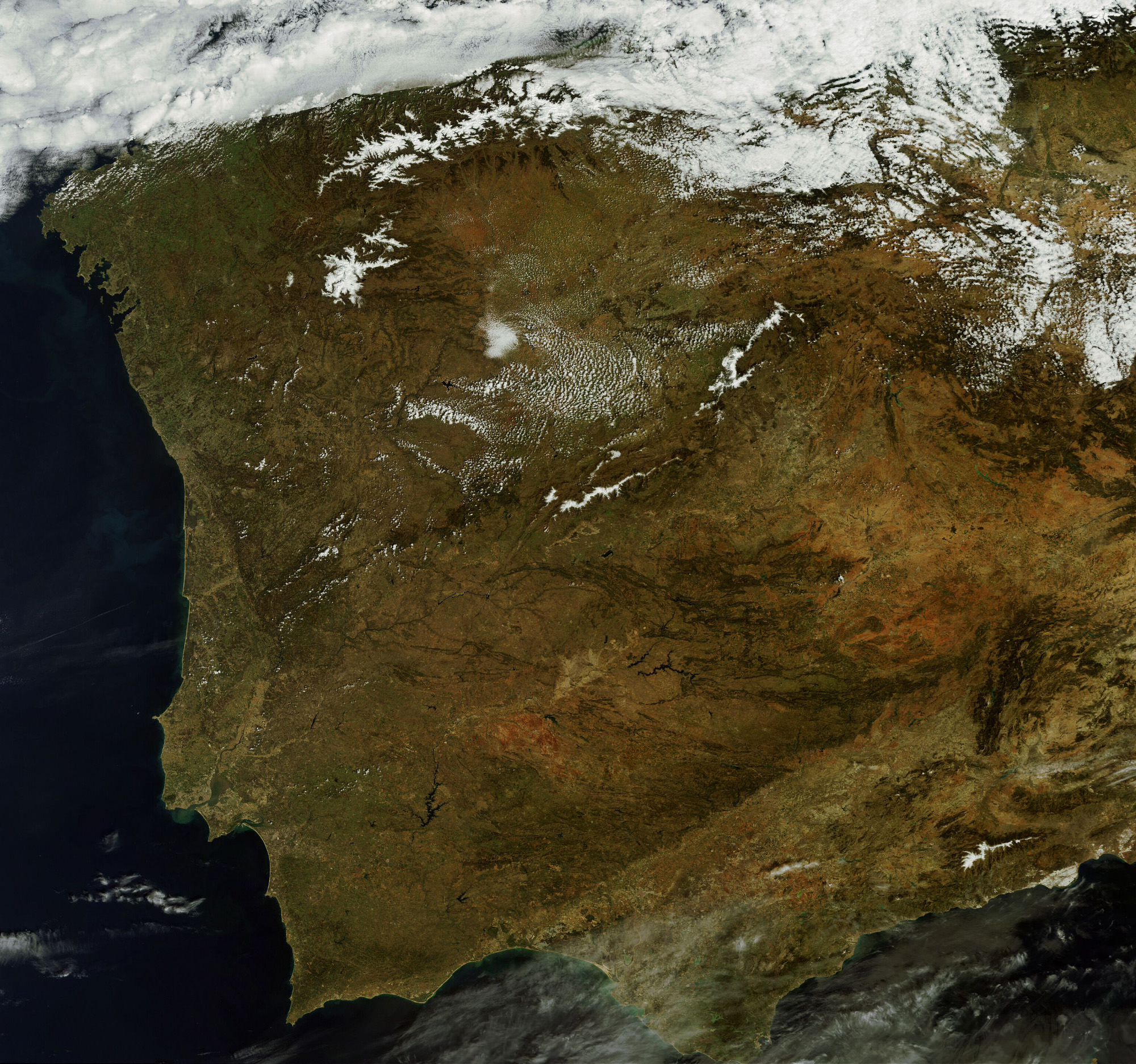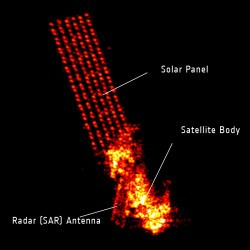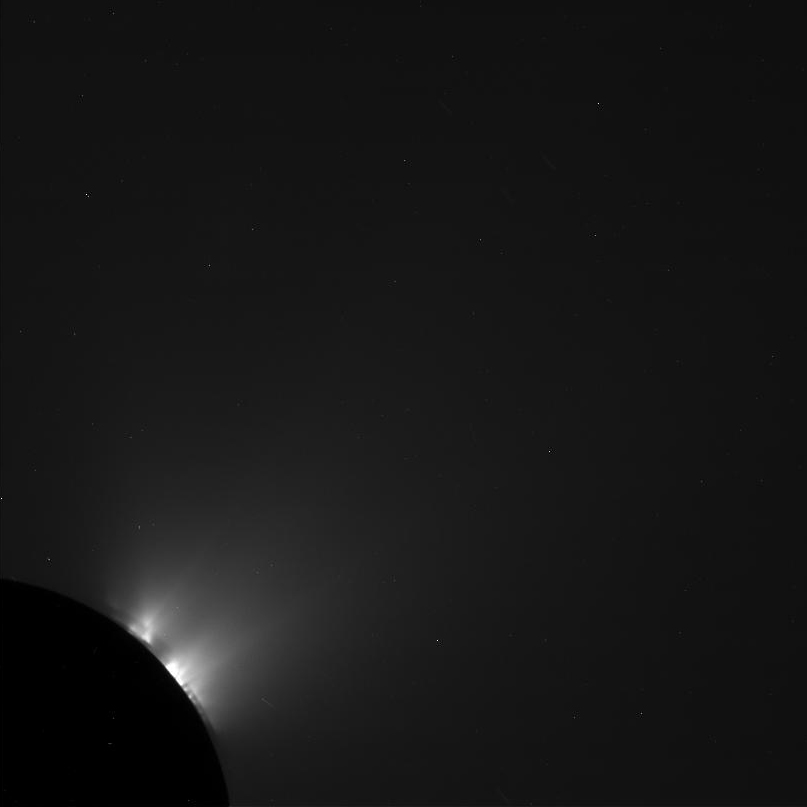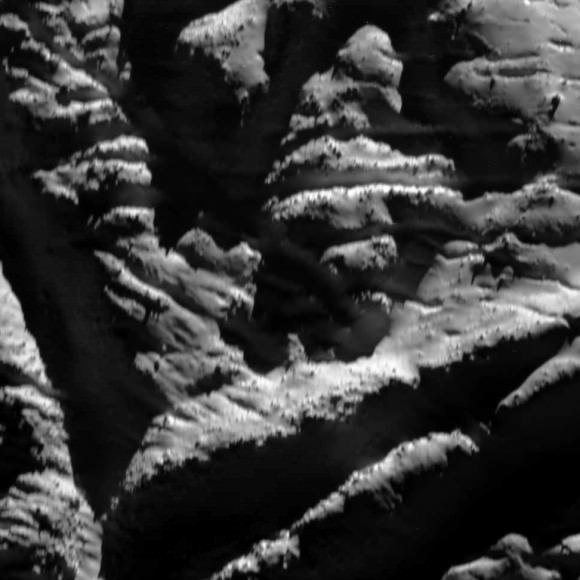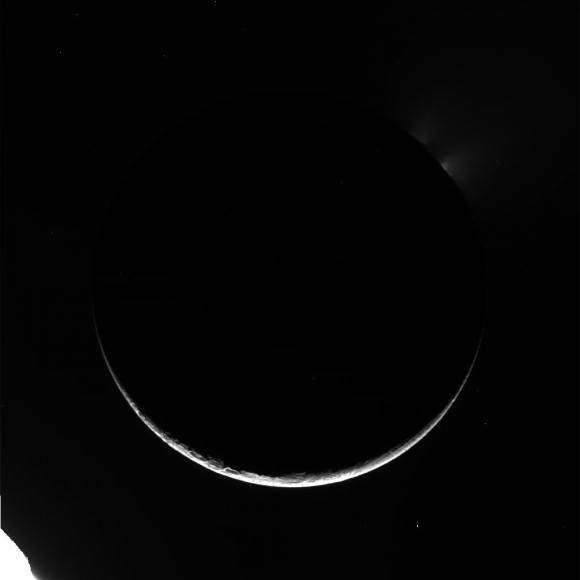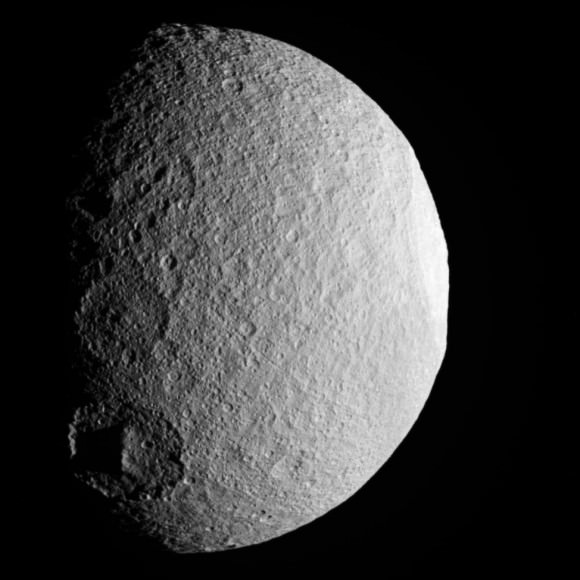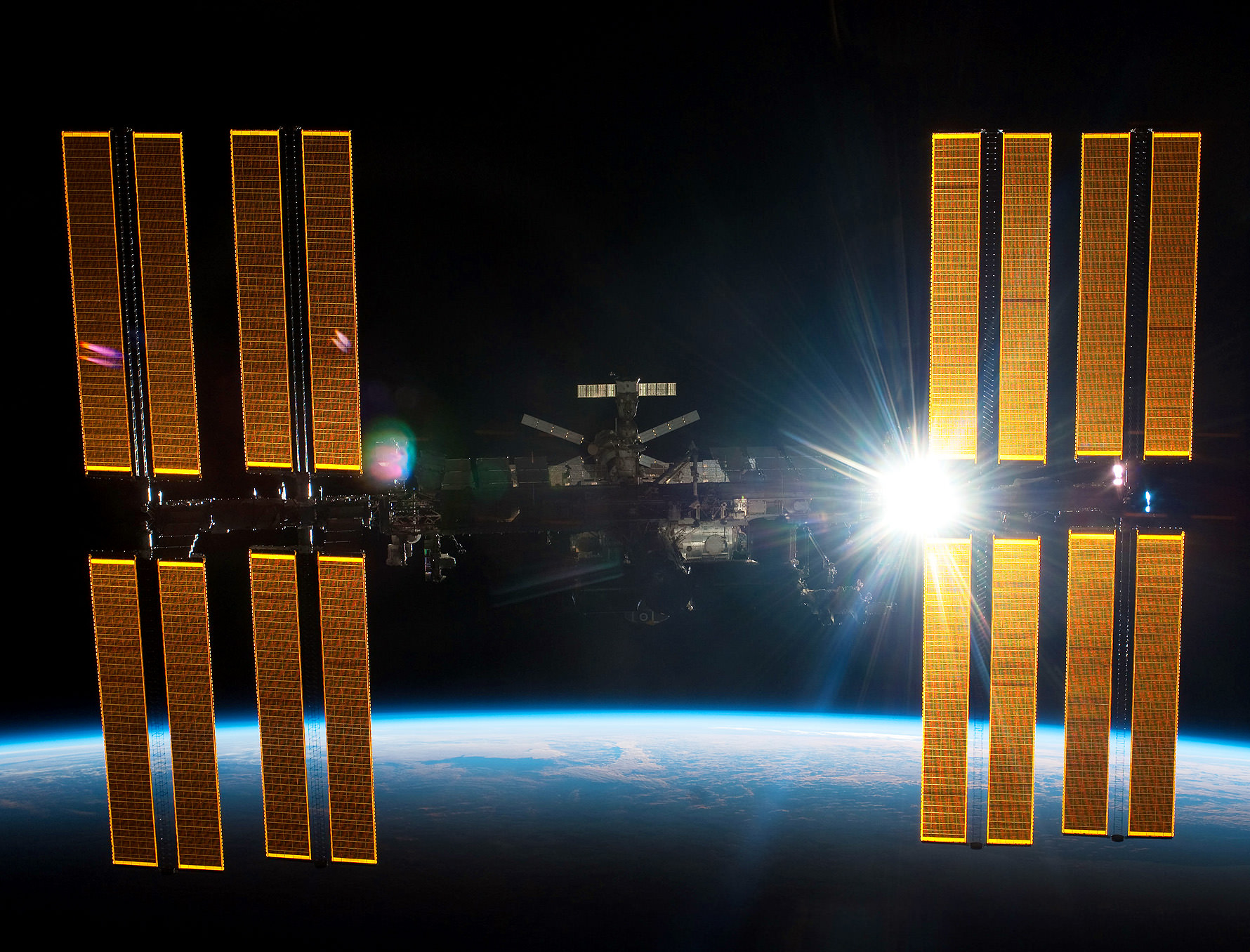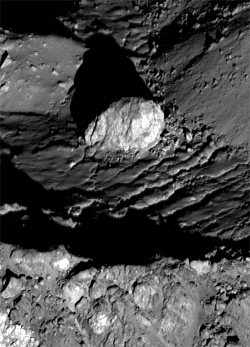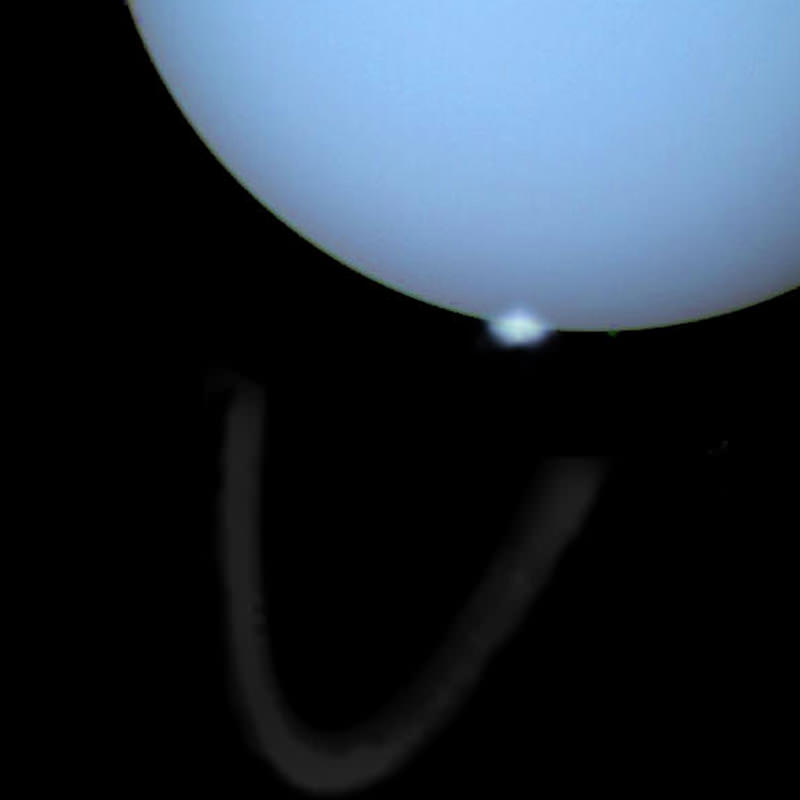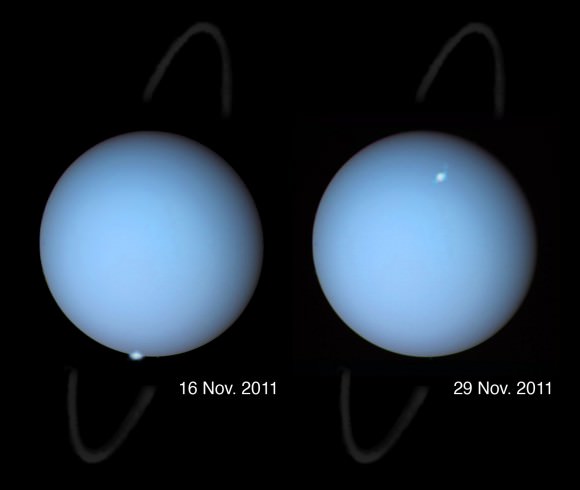[/caption]
The subtle yet surprisingly varied colors of Mercury are revealed in the latest images from NASA’s MESSENGER spacecraft, now in its extended mission and second year in orbit.
The image above, a composite of Wide Angle Camera images acquired in 996, 748 and 433 nanometers for red, green and blue, shows a semi-lit limb of Mercury with the bright rayed crater Debussy visible at left. (The image has been rotated 180 degrees from the original, and color saturation was boosted by 25%.)
Named for the French composer Claude Debussy of “Claire de Lune” fame, the crater itself is approximately 50 miles (80 km) wide. It was first detected by ground-based radar telescopes in 1969 as a bright spot.
Now, 43 years later, we have a spacecraft in orbit sending back images like this. Amazing.
The various colors seen across Mercury are due to different mineral compositions of the geologic regions. The exact compositions are not yet known, and the current puzzle that researchers are trying to solve with MESSENGER is to figure out what materials make up Mercury’s complex, multi-hued surface. That will also give a clue as to what’s inside the planet and how it evolved… as well as how it is currently evolving today.
(Read about some surprising discoveries regarding Mercury’s interior.)
The image below is from MESSENGER’s Visual and Infrared Spectrograph (VIRS) and shows a map of Mercury’s surface, with RGB colors corresponding to different mineralogical compositions.
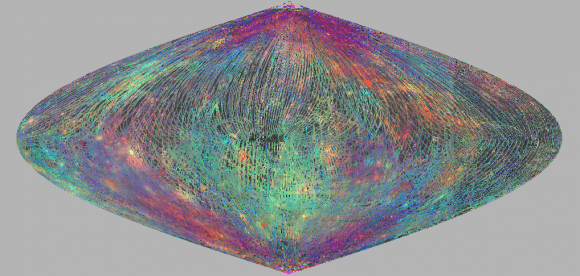
Younger surface materials that are brighter at visible wavelengths and less affected by space weathering show up in reds, yellows and greens. Materials that may have relatively higher iron contents show up in blue.
These are Mercury’s “other colors”… maybe not what we would see with our own eyes, but beautiful nonetheless to planetary scientists!
See the above image on the MESSENGER website here.
Image credit: NASA/Johns Hopkins University Applied Physics Laboratory/Carnegie Institution of Washington

